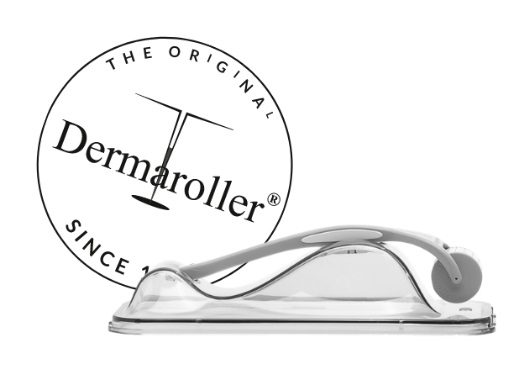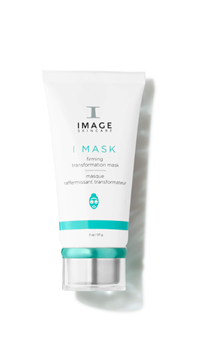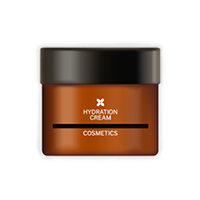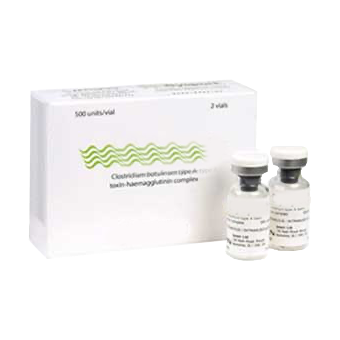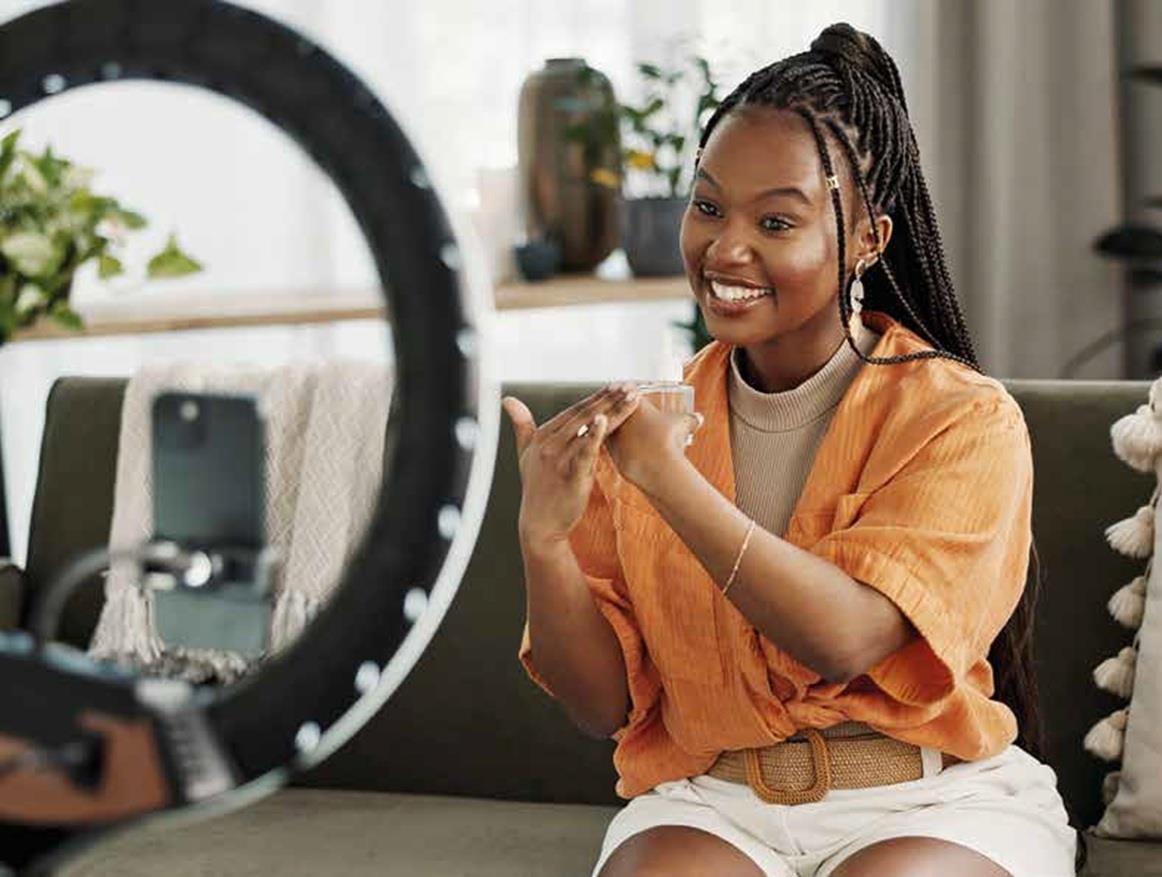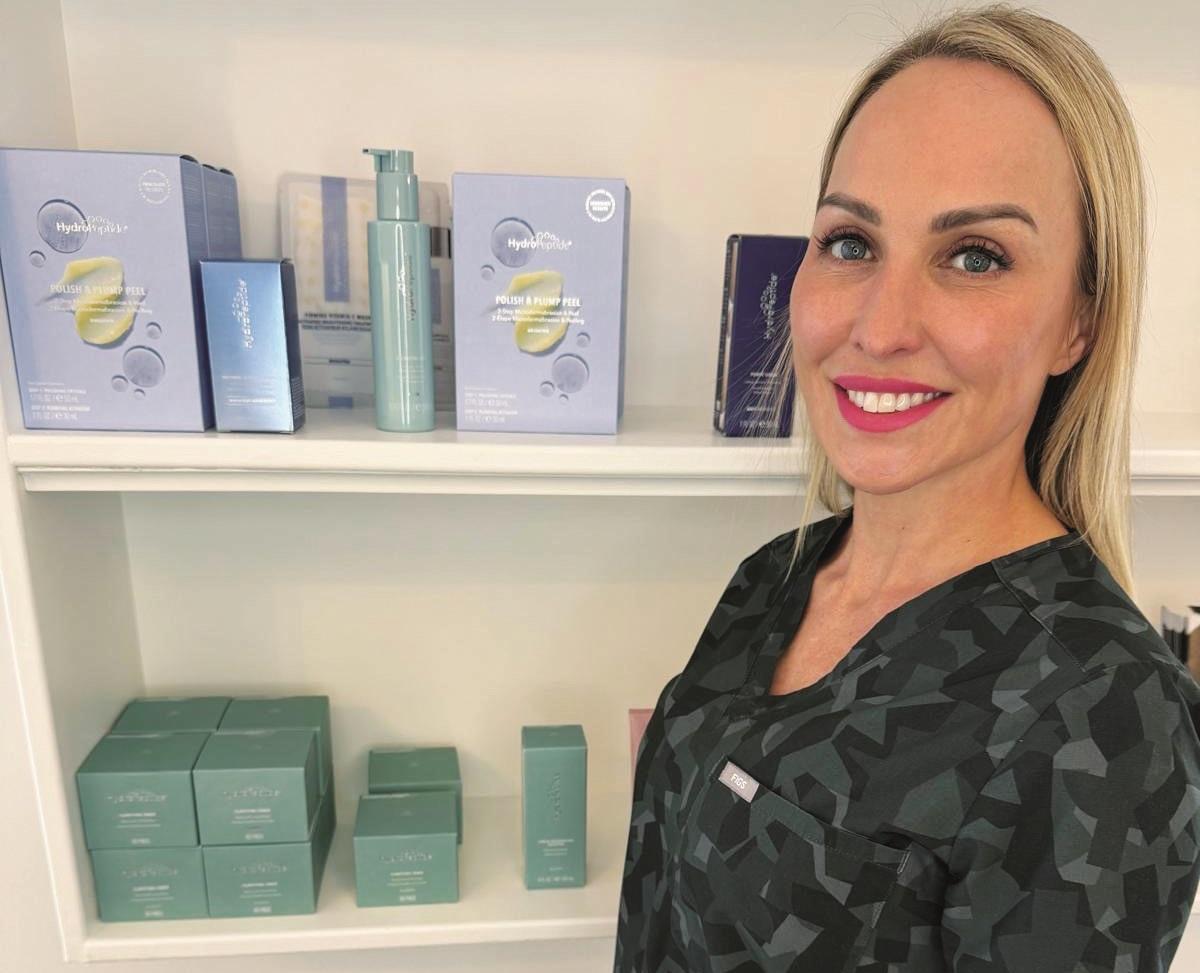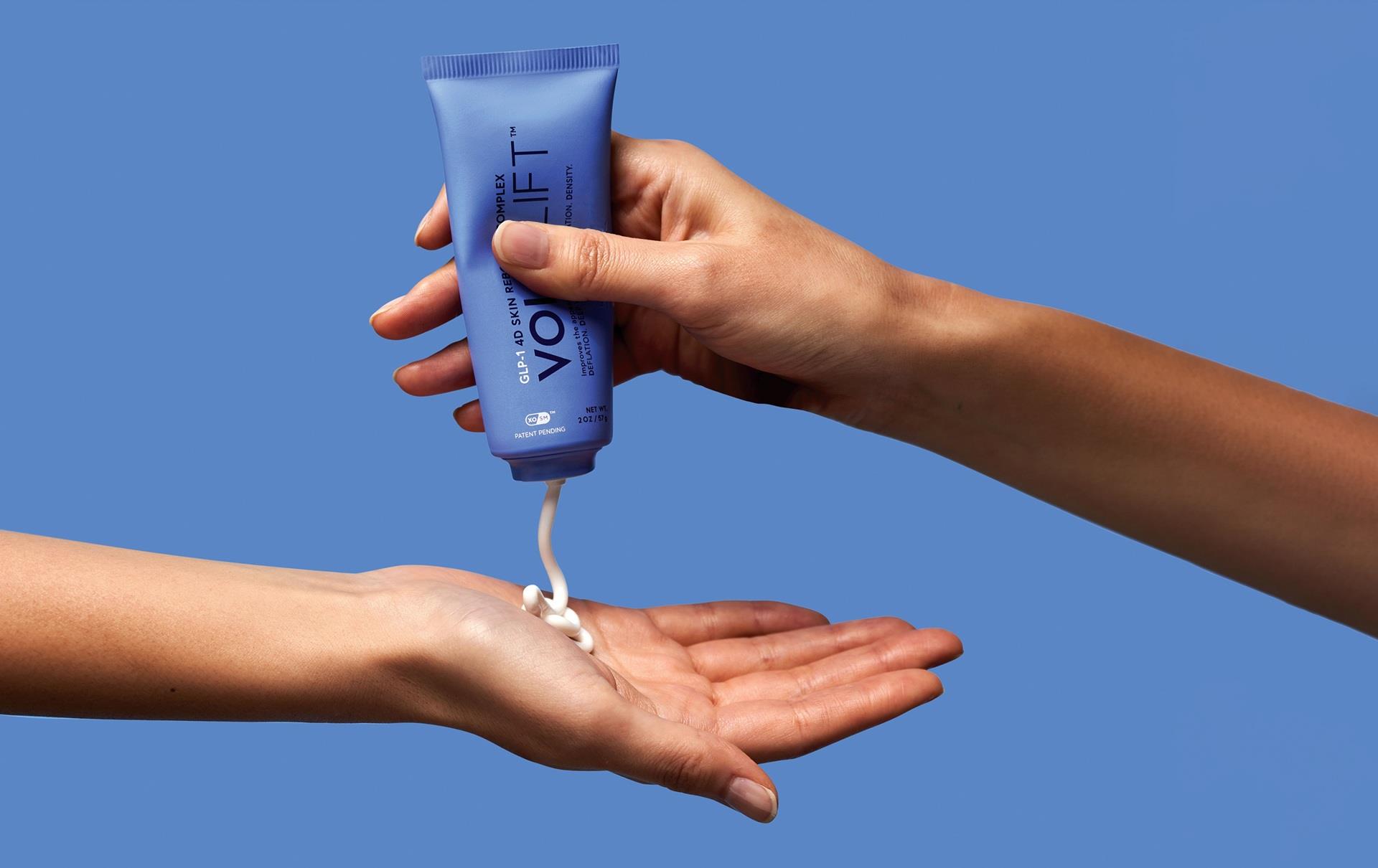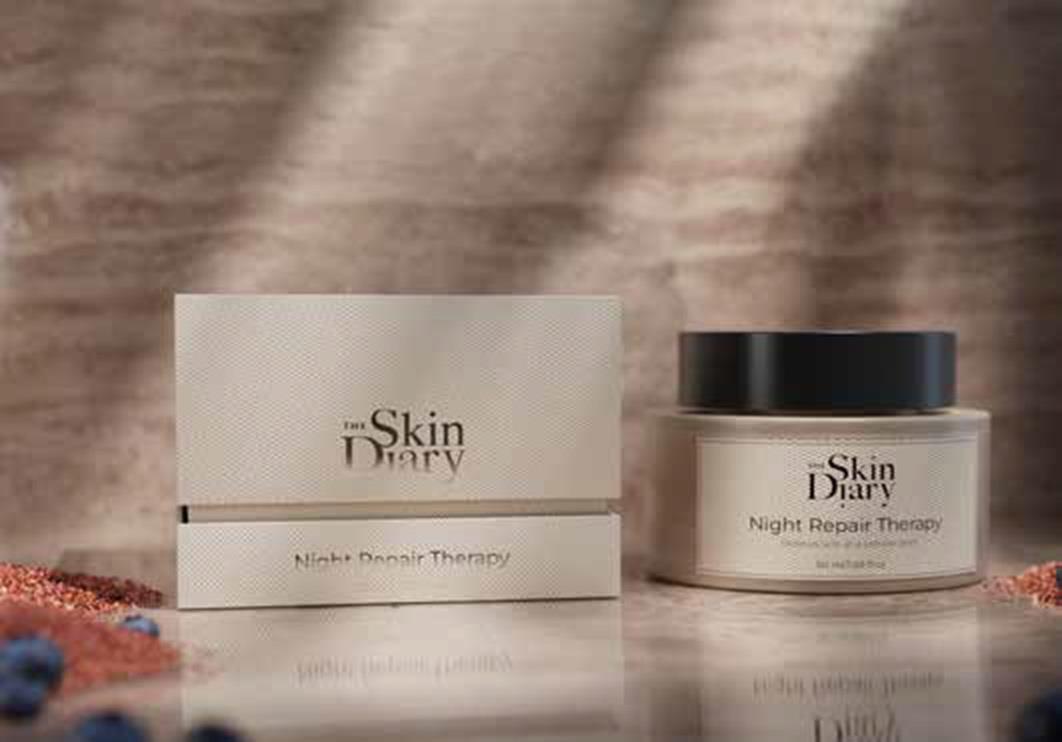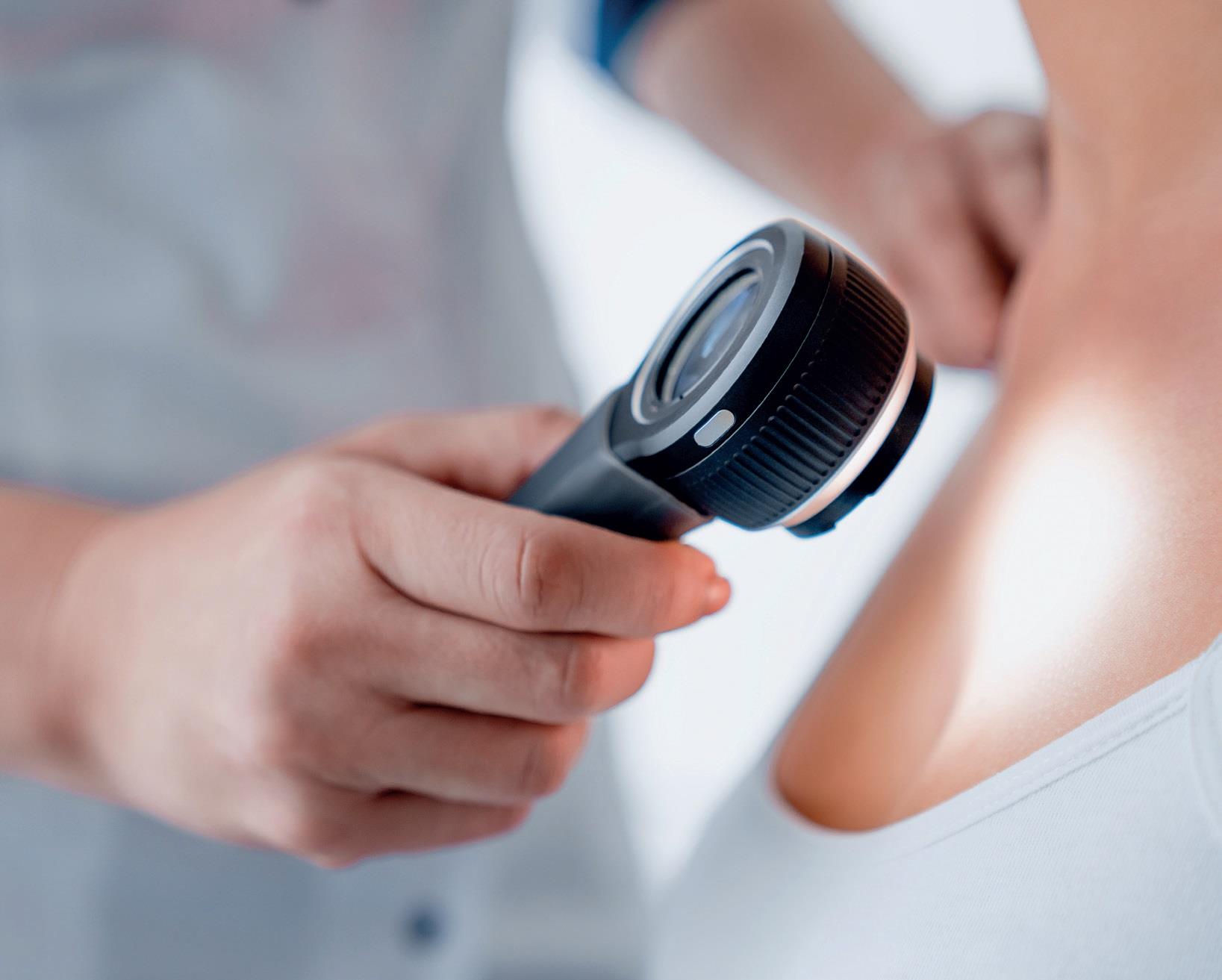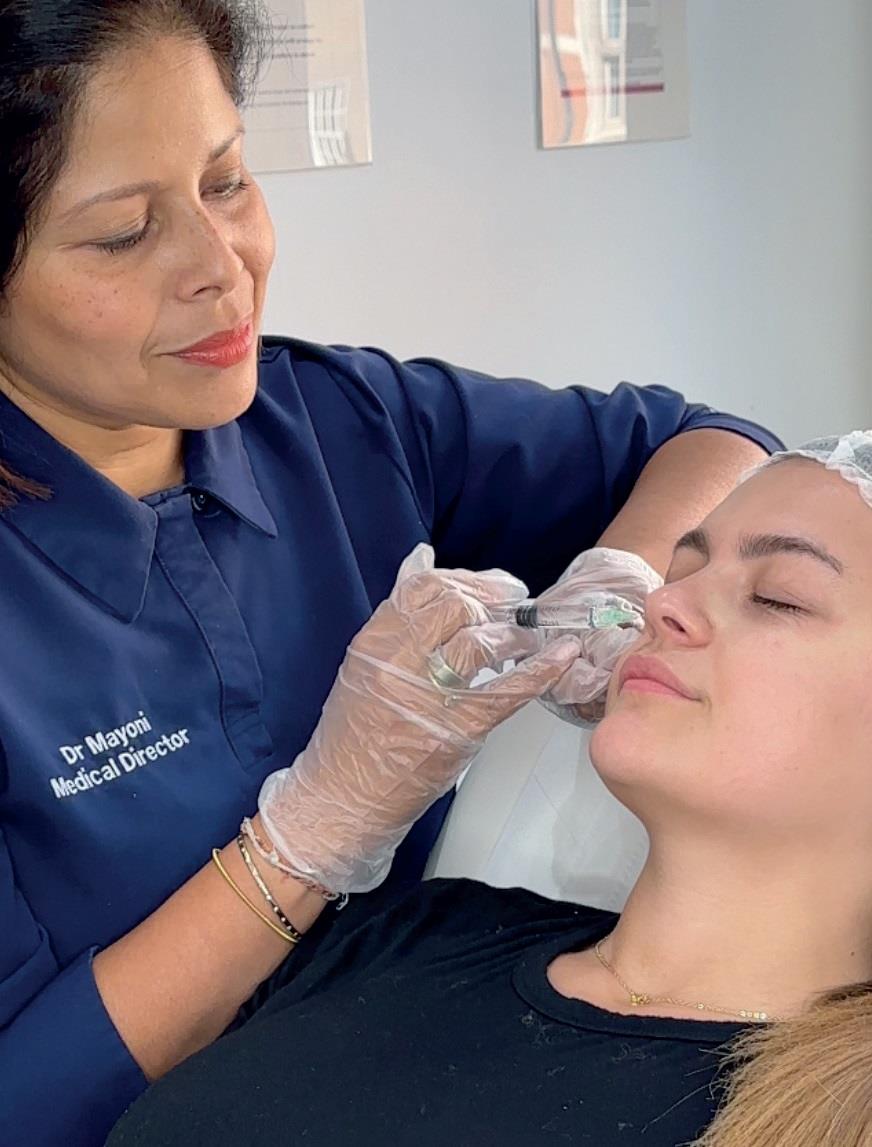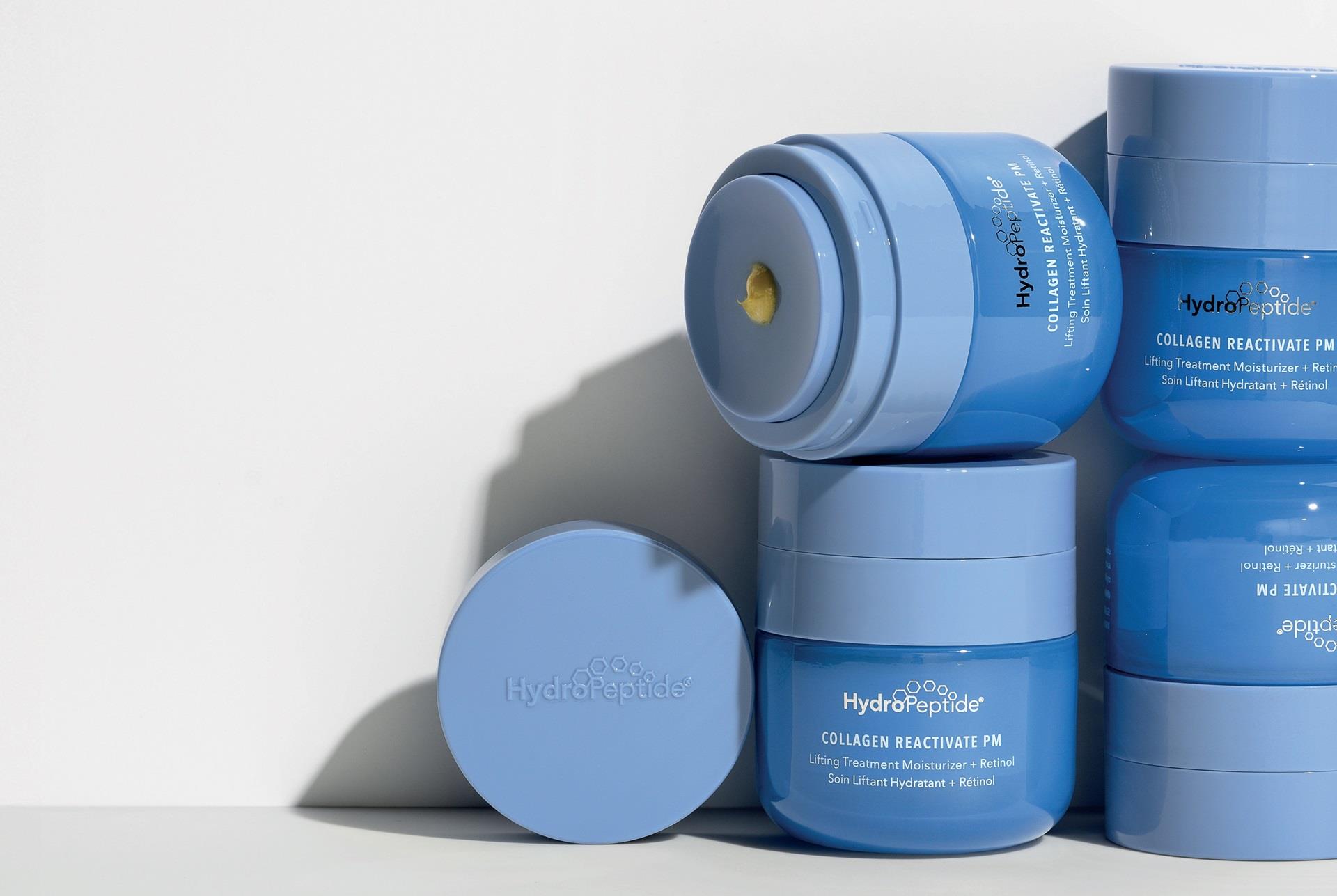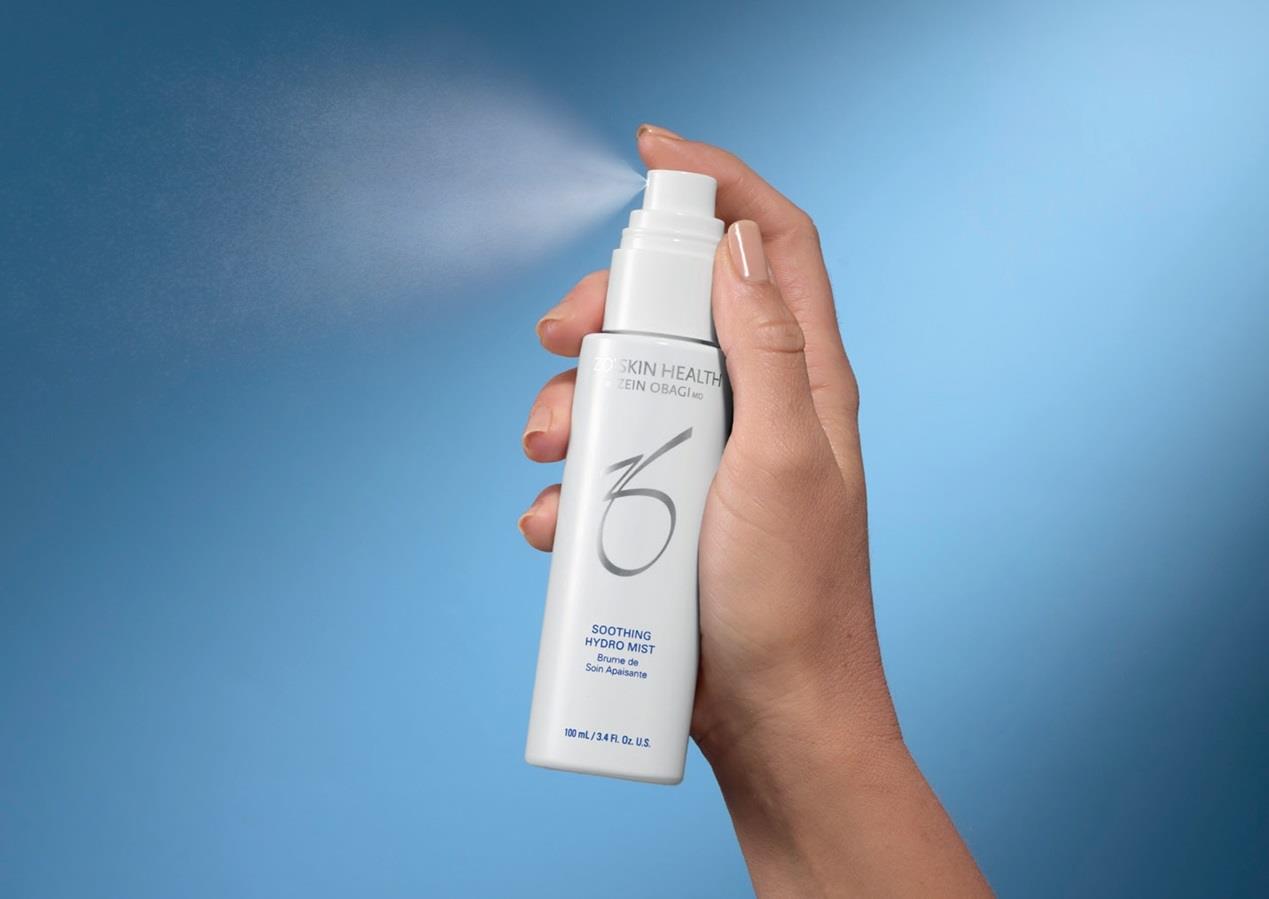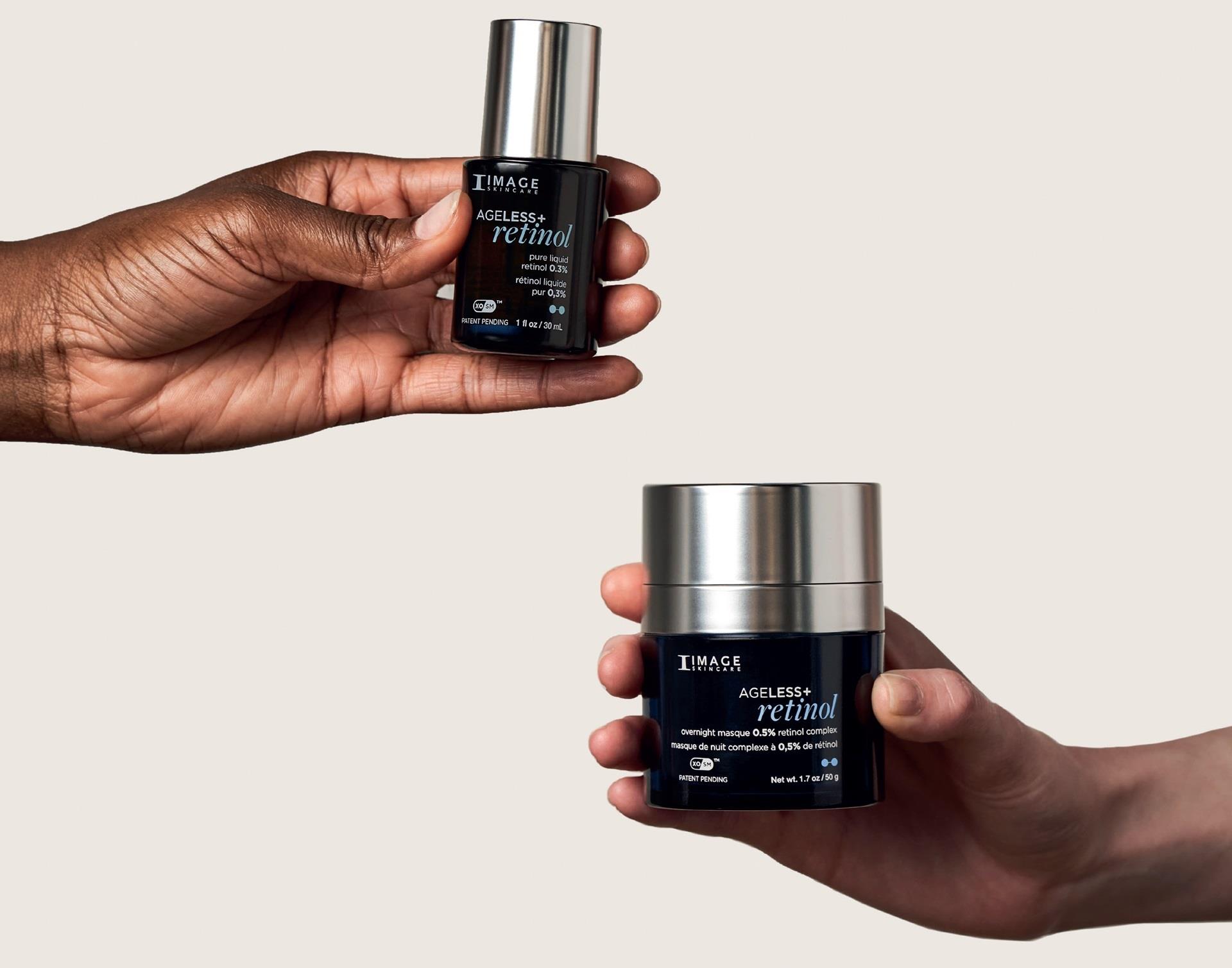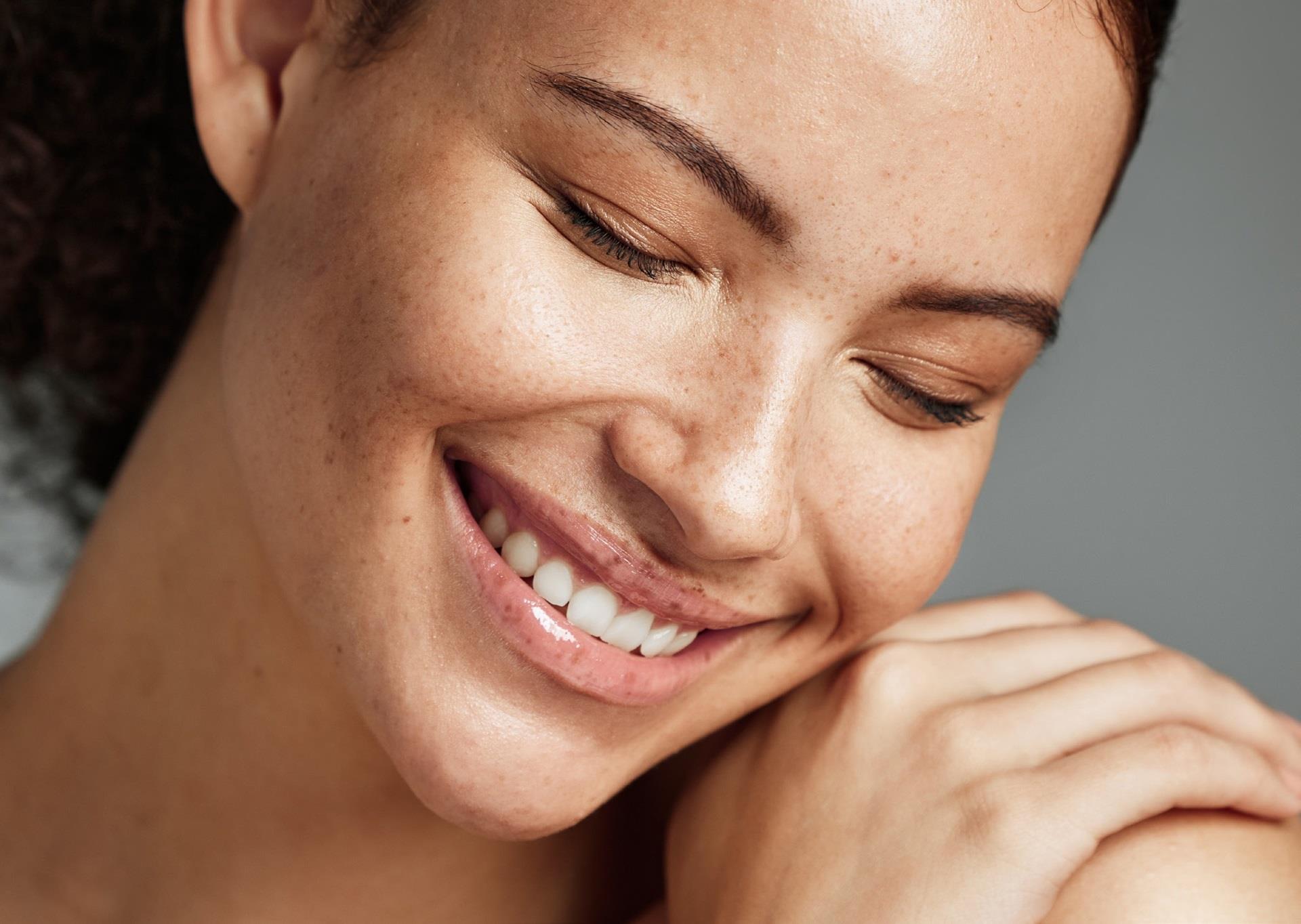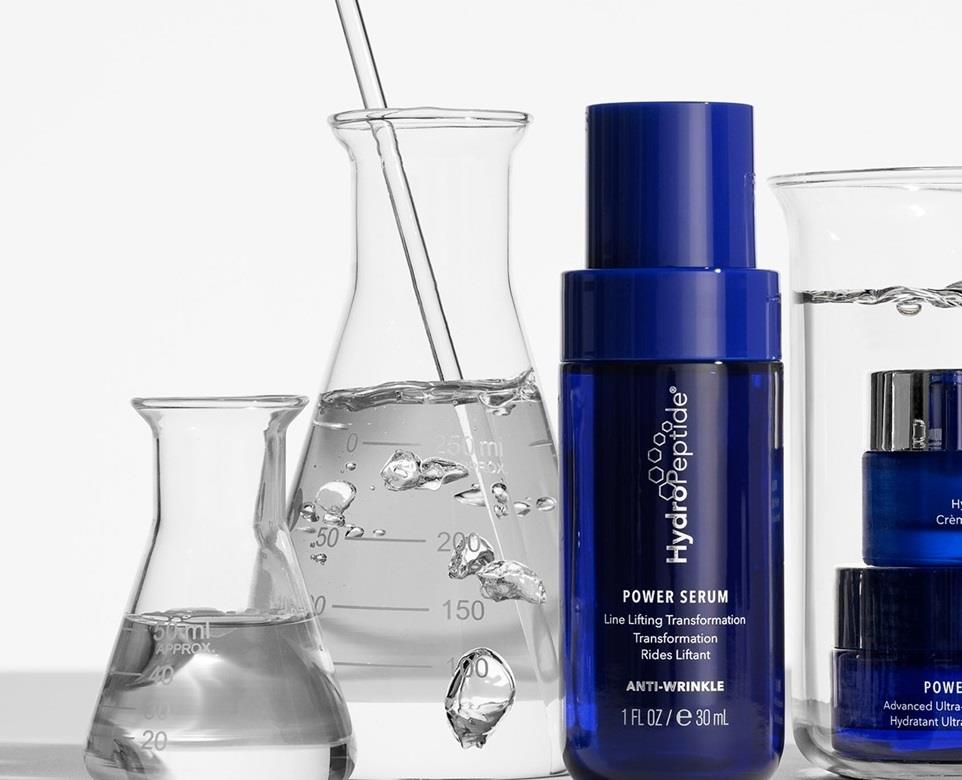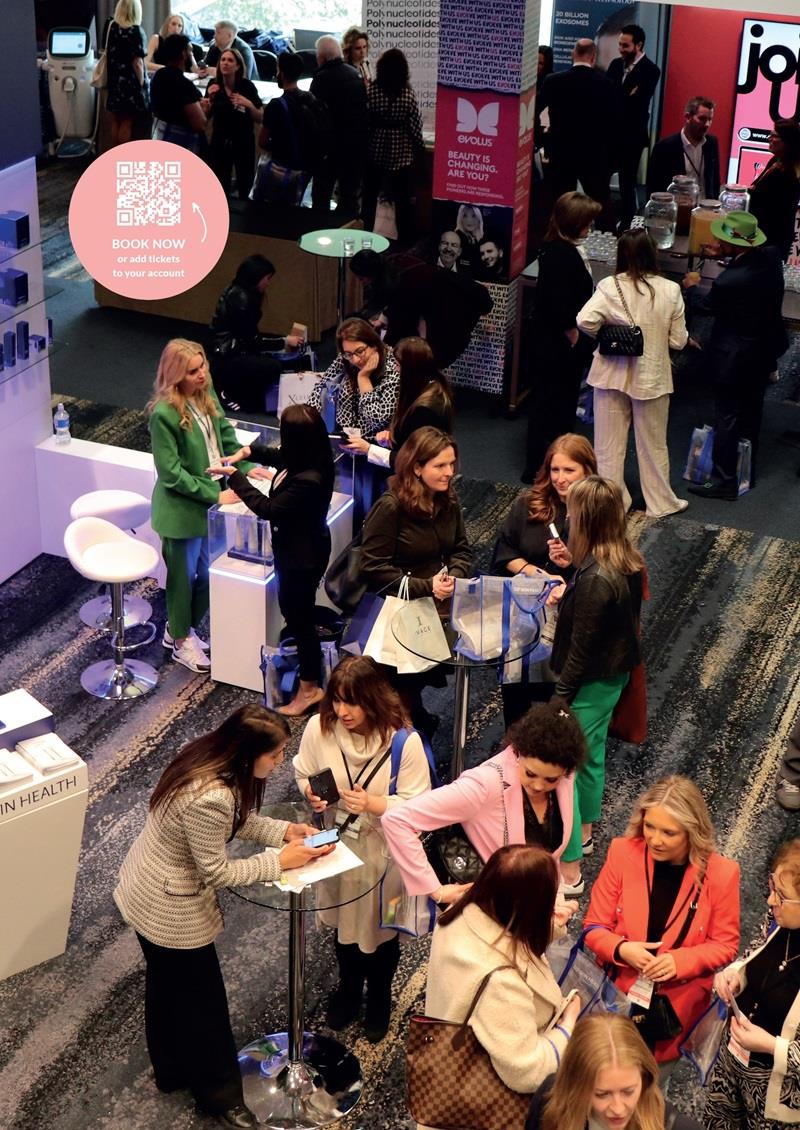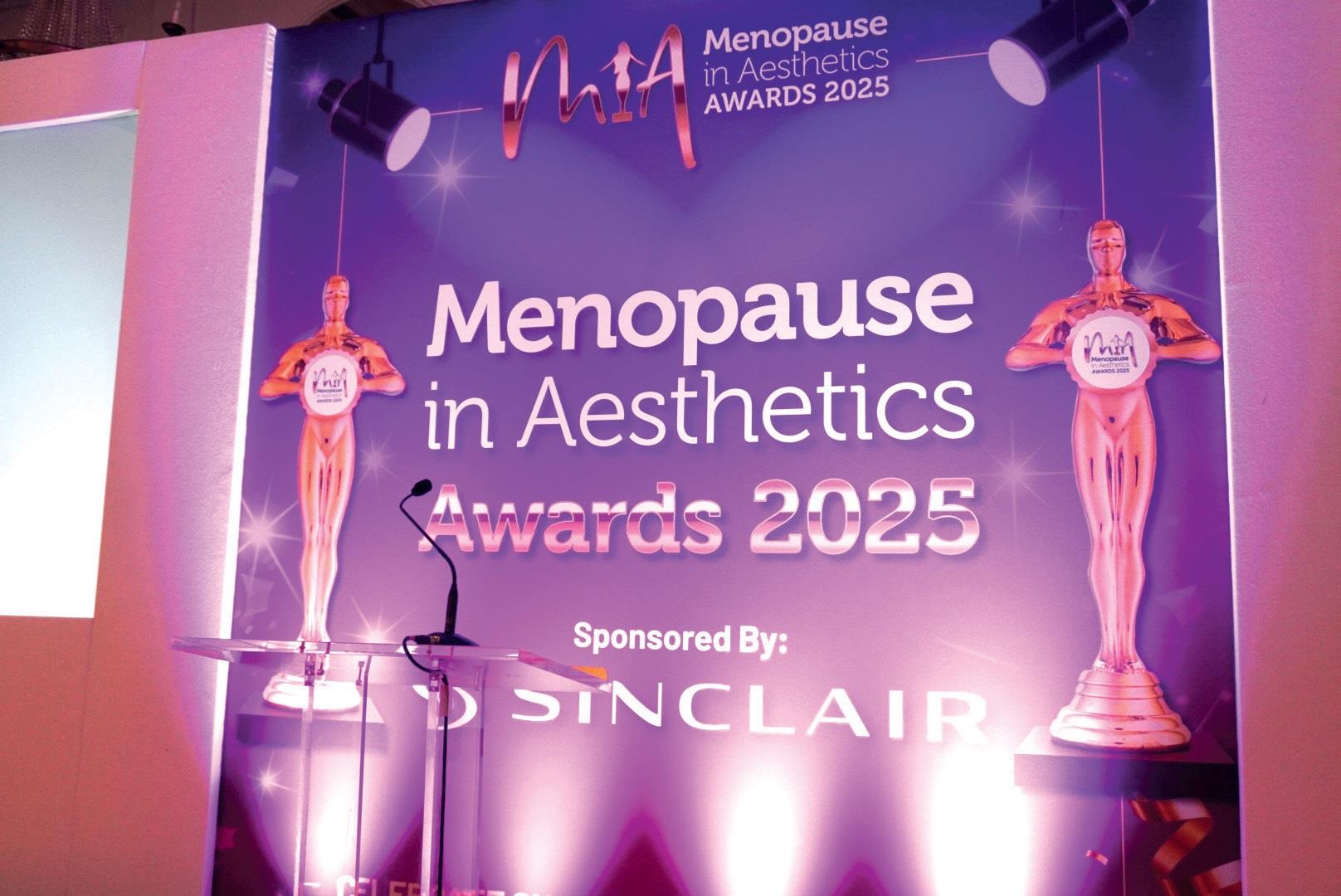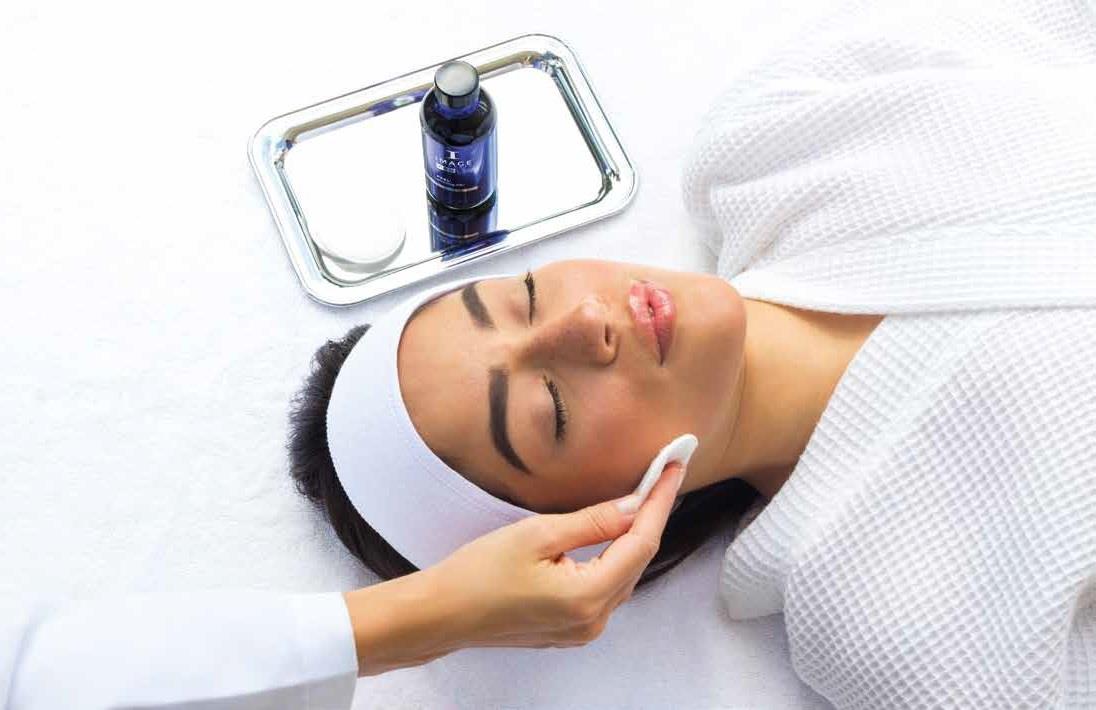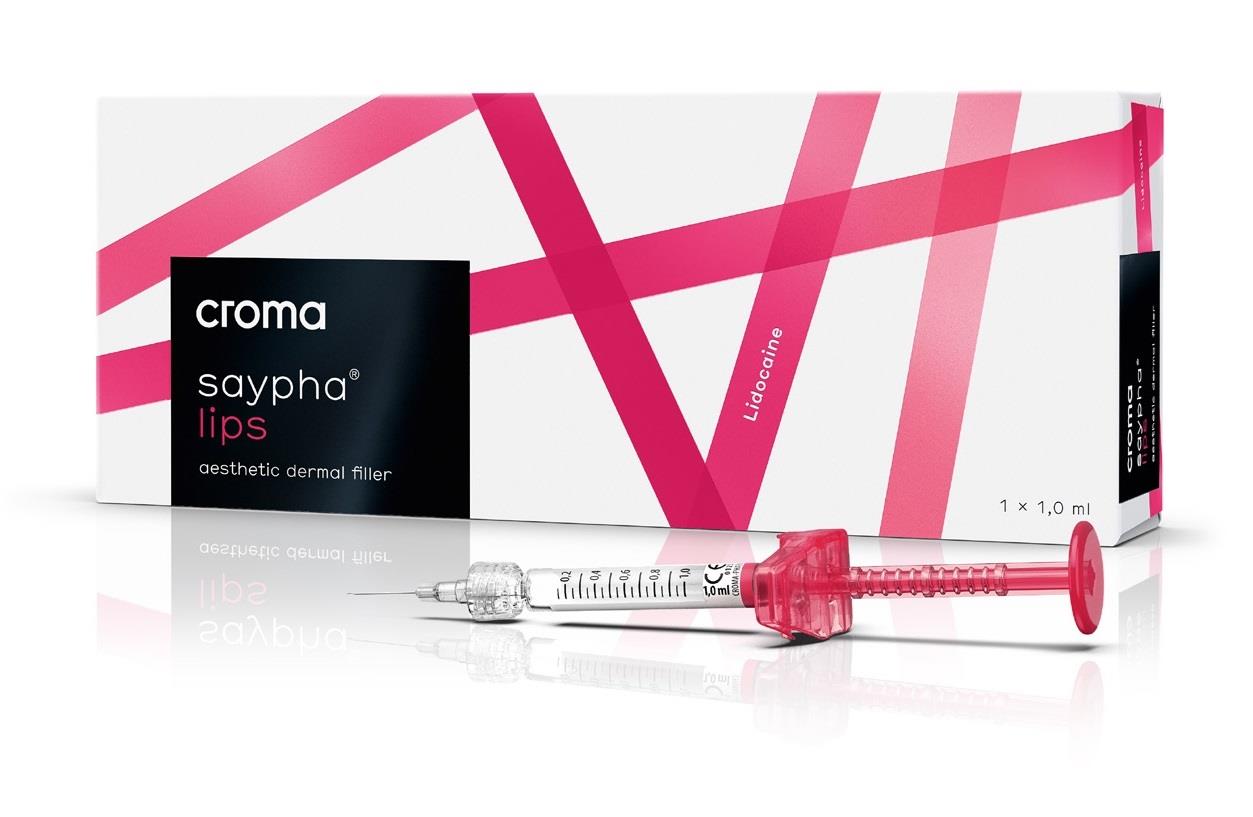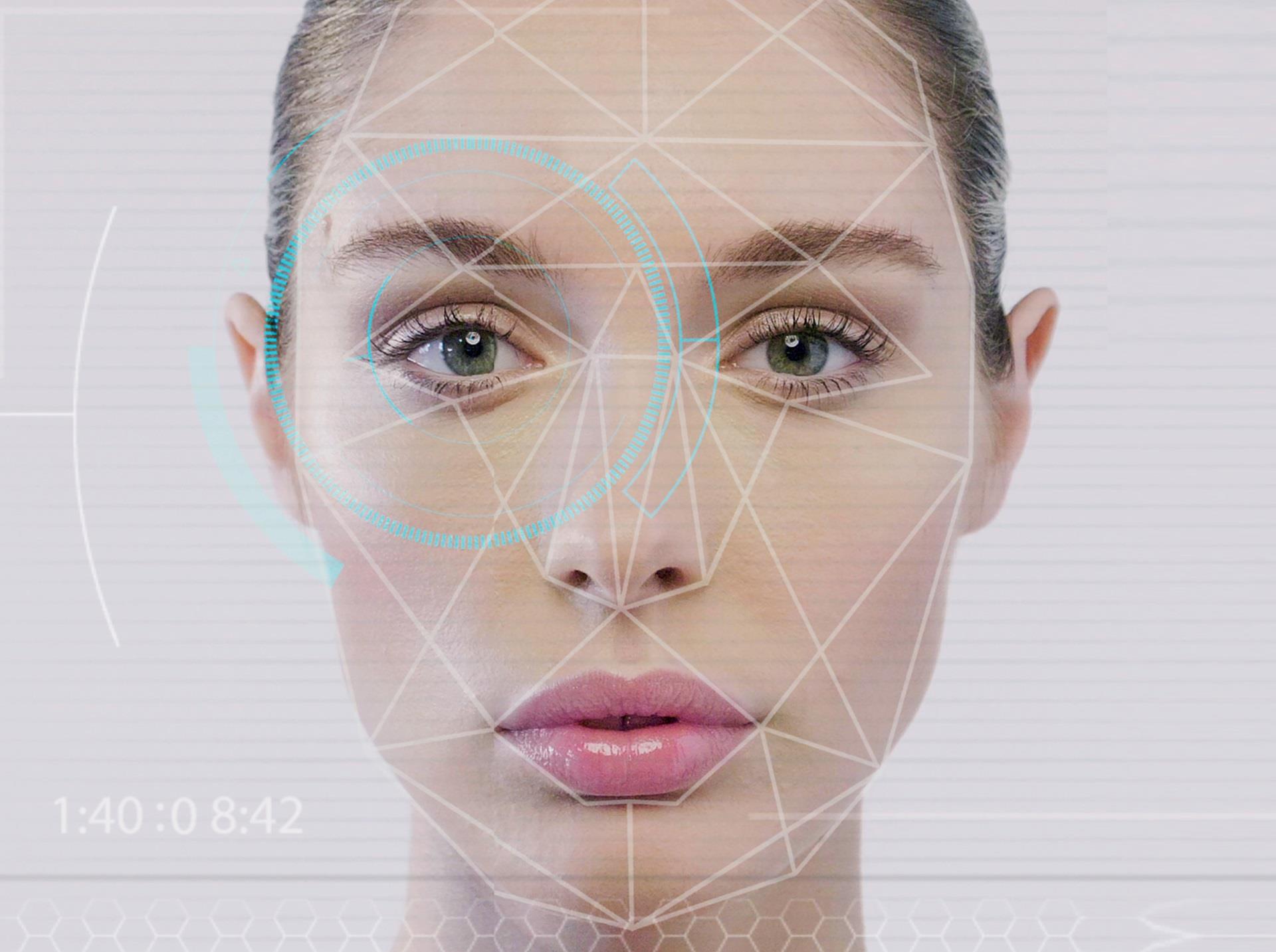With patients travelling to Leeds from around the country to seek treatment, and medics travelling to her training company in Yorkshire to learn her know-how, Dr Mei is clearly in demand for her knowledge. Here, she shares her expertise on non-surgical rhinoplasty, that tricky yet rewarding treatment.
How would you describe patients’ demand for nonsurgical rhinoplasty?
Non-surgical rhinoplasty is a very popular treatment at the moment. I think this is because it can be very impactful on someone’s life, as the nose can be the focal point of the face. For that reason, it is no surprise that it is often the part of the face which patients feel insecure about. For a majority of my patients, it has been a cause of self consciousness for the most part of their lives. They consider non-surgical rhinoplasty as a safer, less invasive solution to their problem, that excludes the downtime of a surgical procedure for example.
I have treated patients from 18-65 with non-surgical rhinoplasty, and each treatment has been very rewarding.
Patients who are 18 usually attend with their parents, and it is something they have discussed thoroughly with their families and been waiting for since their early teenage years. For my older patients, such treatment was not available to them when they were younger.
What is your filler of choice and your treatment safety protocol?
I have trialled a few different fillers for non-surgical rhinoplasty, but my favourite filler is STYLAGE XXL (off label for non-surgical rhinoplasty*). I like it because of the low hyaluronic acid content (which means less swelling will occur post-injection), and also the high G-prime which allows great projection, so very little filler is needed to achieve excellent results. I have also observed that STYLAGE XXL provides a greater longevity in my patients. Even at my 12-month reviews, the majority of noses still look great!
STYLAGE XXL has great viscoelastic characteristics, so besides a deep knowledge of anatomy, of your products and your injection technique (product placement and amount placed), I recommend using an ultrasound prior to injection and realise precise injections with micro bolus. I normally inject less than 0.02ml at any one point. Taking your time while injecting to minimise the pressure is key. I also always watch the patient, the skin and the capillary reflow at all times whilst performing the treatment.
This is the protocol I observed to treat the case study.
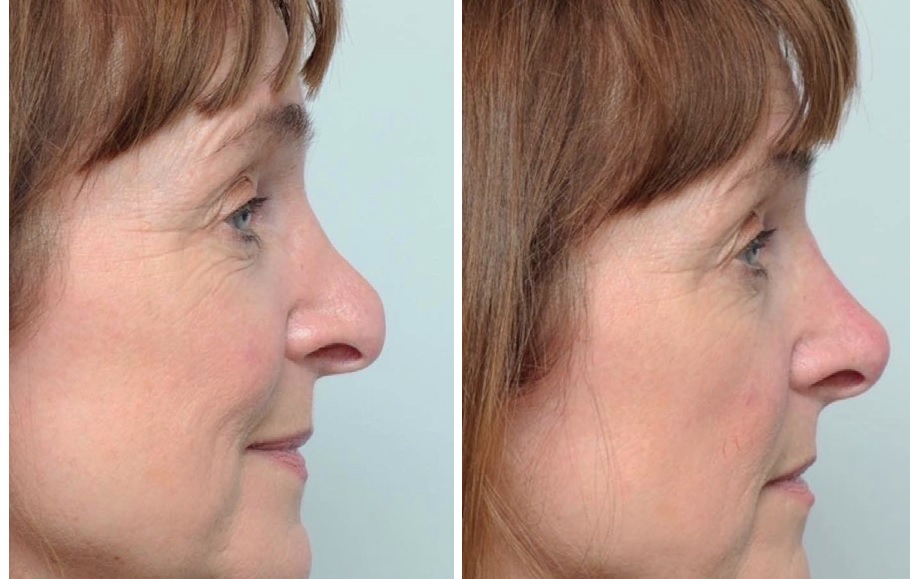
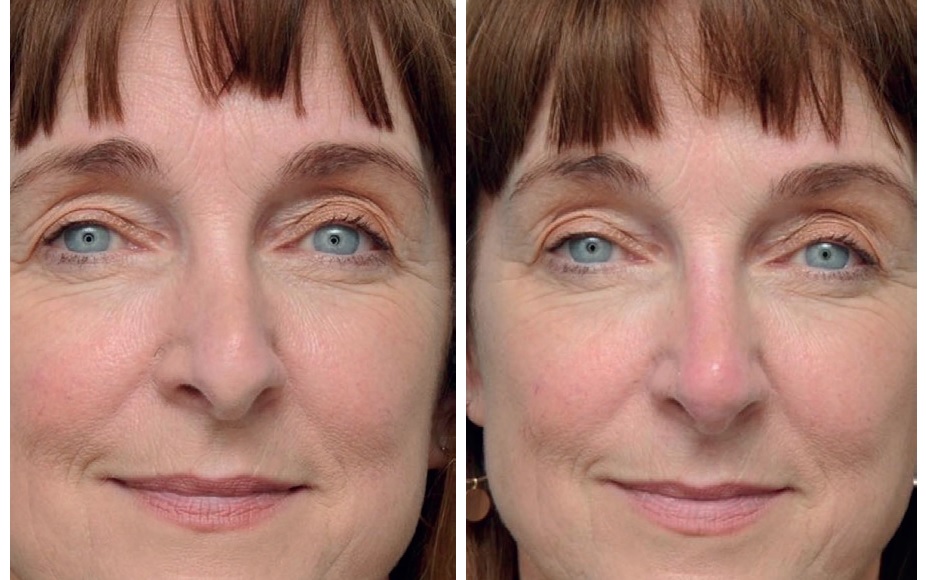
Case study
My patient had a surgical rhinoplasty in her 20s due to trauma, which resulted in the tip being flattened. It has always bothered her, and now in her 50s she was ready to try a non-surgical approach.
Using STYLAGE XXL in micro bolus, we addressed the bridge, slope and tip—it was a challenging case.
*Disclaimer: VIVACY Laboratoires recommends the use of STYLAGE M or L, indicated for non-surgical rhinoplasty
We informed the patient before the injection to expect side effects post-treatment, such as swelling, bruising, soreness and redness.We also advised the patient about pain scales and CRT, and if anything at all were to concern her, to get in touch immediately.
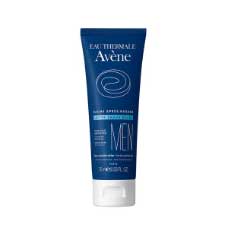
 Added to basket
Added to basket

 Unapplied Changes
Unapplied Changes


